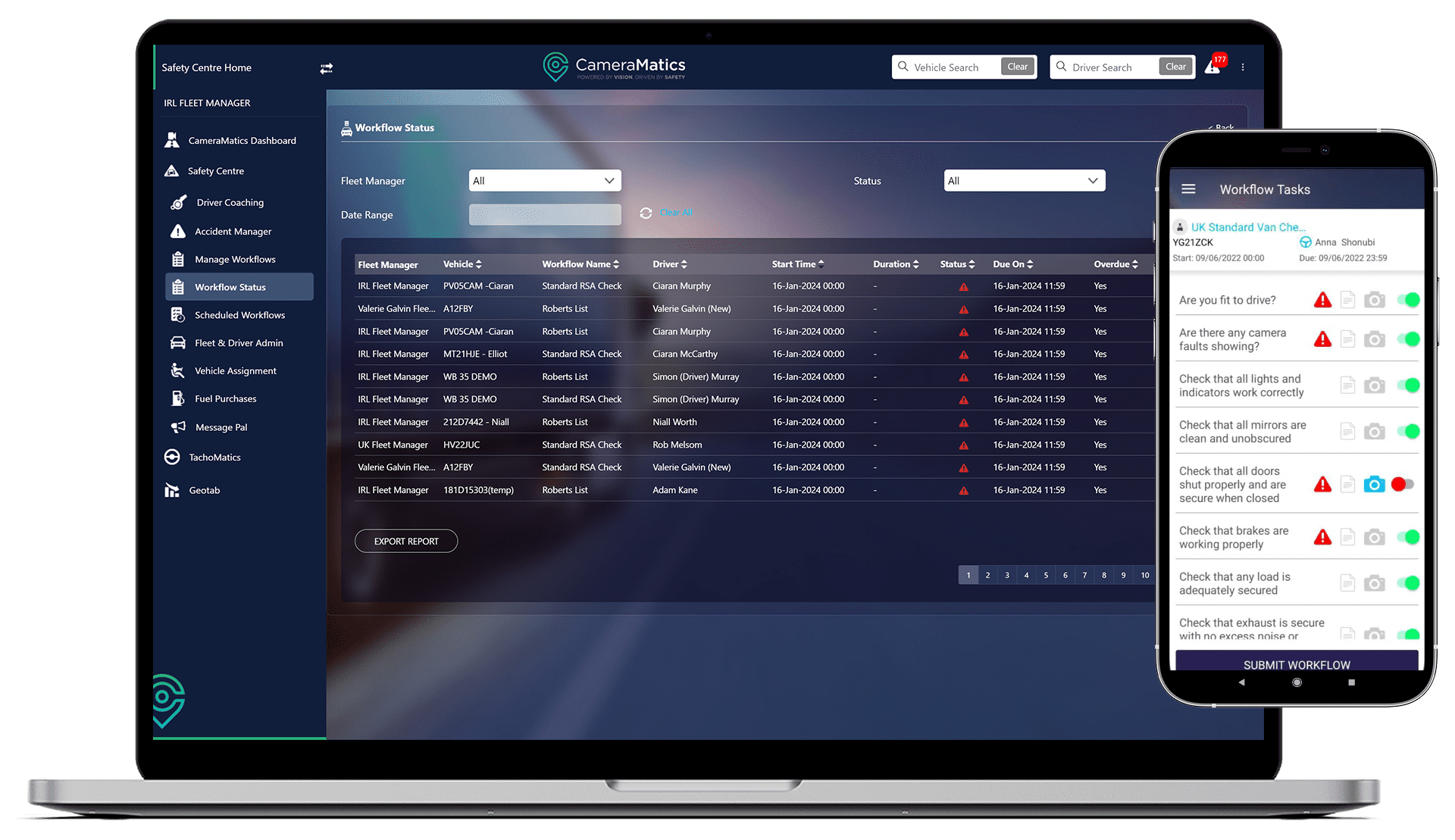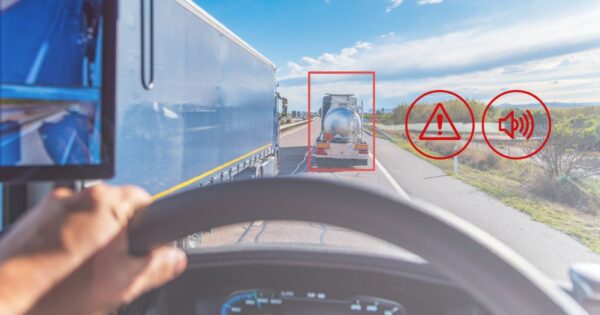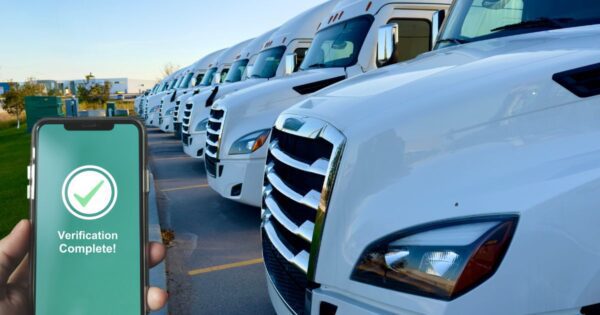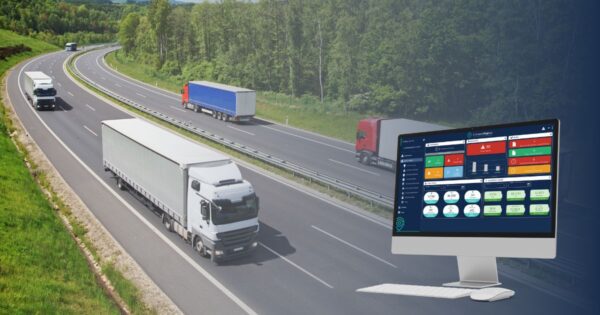Every morning millions of drivers start their working day with a vehicle checklist. For anyone who drives for a living, ensuring that the vehicle they will use that day is roadworthy and serviceable isn’t just a box-checking exercise: it is essential. Indeed, it can be a matter of life or death.
In the past, these checks were usually performed with pen and paper, and whilst the majority of fleets have moved to digital vehicle inspections, it is still worth reminding ourselves of the benefits delivered by that approach. Aside from anything else, it gives us an idea of what a smart vehicle inspection process looks like.
To put that another way: the more the solution you use delivers on the list that follows, the more efficiently and safely your fleet will be operating. With that in mind, let’s get right into 7 key benefits, in no particular order.
1. They save time and money
Vehicle inspections should be done right, but they should also use up as little of the day as possible. After all, nobody gets paid to perform them. That does just mean that the process of completing the check takes a short period of time, but also that resolving and reporting any issues can be done as efficiently as possible. If discovering that something is wrong then requires making a call to the fleet manager and describing the issue over the phone, there’s a problem.
Ideally, your vehicle inspection solution should give both drivers and fleet managers everything they need in one place (the phone, for the former), and not require either to move to an alternative channel the moment something out of the ordinary occurs. And along the same lines, they should automatically inform your maintenance team when work may be required, and help them access the relevant records quickly and easily.
2. They improve the quality of inspections
We inspect vehicles before using them for a reason: we want to ensure that we avoid accidents, our vehicles are roadworthy, and that our business operates as efficiently as possible. Digital inspections give the ability to do just that. To give one simple example, a checklist can require photographic evidence to either confirm there is no issue, or allow a driver to record the exact problem when there is.
In addition, digital inspections give fleet managers significantly better insight. They can see precisely where and when an inspection took place, and how long it took in total. By checking images or video, specific items can be confirmed and recorded. In other words – they can see whether it was done in the right way, in the right place, and at the right time. If it wasn’t, or one specific driver appears to be completing his or her checklist in bed, you can take action. The end result is the same: vehicle inspections that are meaningful, and do the job they are intended to do.
3. They automatically provide audit trails
In many jurisdictions, completing vehicle checklists is a legal requirement for commercial drivers. That in turn means that any organization operating a fleet of vehicles needs to be ready
to demonstrate that these inspections are happening. Digital inspections, connected to a centralized fleet management platform, make this a straightforward process.
Of course, it isn’t only for regulatory purposes that you may wish to check on the status of checklists. Internal reporting and management becomes easy when it can be seen at a glance when, where and how checklists are being performed. It also helps when identifying maintenance issues with the fleet: a central record of inspections means common faults can be identified – and hopefully rectified.
4. They are simple to change and adapt
A vehicle inspection checklist never stays still for long. And no two vehicle types are quite the same. In other words, in most organisations you’ll have more than one type of inspection checklist, and each of those types will change over time.
In the old days of paper, this was a real problem. With digital inspections, changing and adapting, and running multiple inspection types, is more straightforward. It is essential, however, that the solution you use makes it as easy as possible to do that. It should be straightforward to clone, edit and share new inspection checklists, support multiple vehicle types, and essentially have a checklist for anything. Which brings me to…
5. They go beyond the vehicle
Everyone uses checklists these days. In the spirit of learning from the safety experts in aviation, we have all learned that systematically working through an agreed list or process makes for smarter decisions and improved safety. From paramedics to bathroom cleaners, the checklist is king.
Which is why digital inspections are so powerful. At CameraMatics we have dozens of customers who use our digital inspection platform for all manner of checks and updates. If an employee has a task that can be presented as a checklist, and they have a smartphone (that makes about 100% of them), then a solution like CameraMatics can be used to automate and manage those processes. And of course, all the same benefits of the digital approach apply.
6. They support action in the moment
A vehicle inspection is usually performed to identify potential issues or dangers. But it is what happens after those things are spotted that really counts. After all, it doesn’t matter a huge amount if an employee dutifully notes down that their brakes are faulty and then drives off in the vehicle anyway.
Fortunately, digital checks enable action in the moment. It is possible to ensure that when certain items are marked as a fail, drivers are immediately informed to take further action. That could mean not driving the vehicle at all, or simply providing additional information, photo or video etc.
The key point is that digital provides the ability to communicate in the moment rather than simply check after the fact. Ensure that your organisation uses it.
7. They bring drivers into the phone
Last but not least, digital vehicle inspections, particularly at the start of the day, ensure that drivers check-in with their phones and whichever fleet management platform you are using. That’s important, because a huge amount relies on that specific line of communication.
Take personalised driver training, for example (and not just because it is a speciality of CameraMatics). If you have something for a driver to review, ensuring they open our platform at the start of the day ensures they will see it. Similar logic applies to drivers being assigned to vehicles, routing and schedules, indeed absolutely anything that is better off being handled in the digital environment.
Start the day with a digital vehicle inspection on the phone – and the rest takes care of itself!









